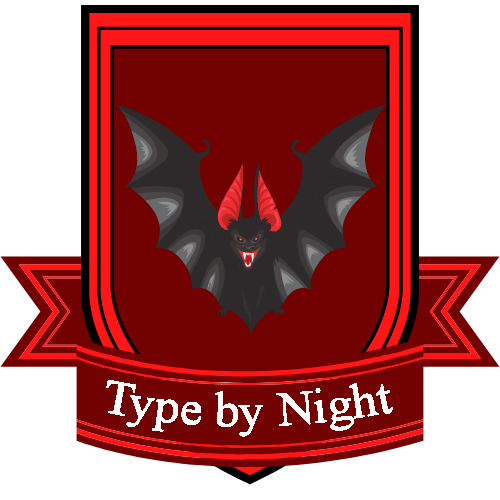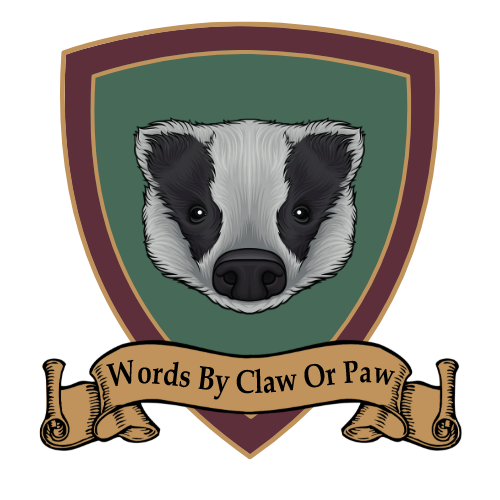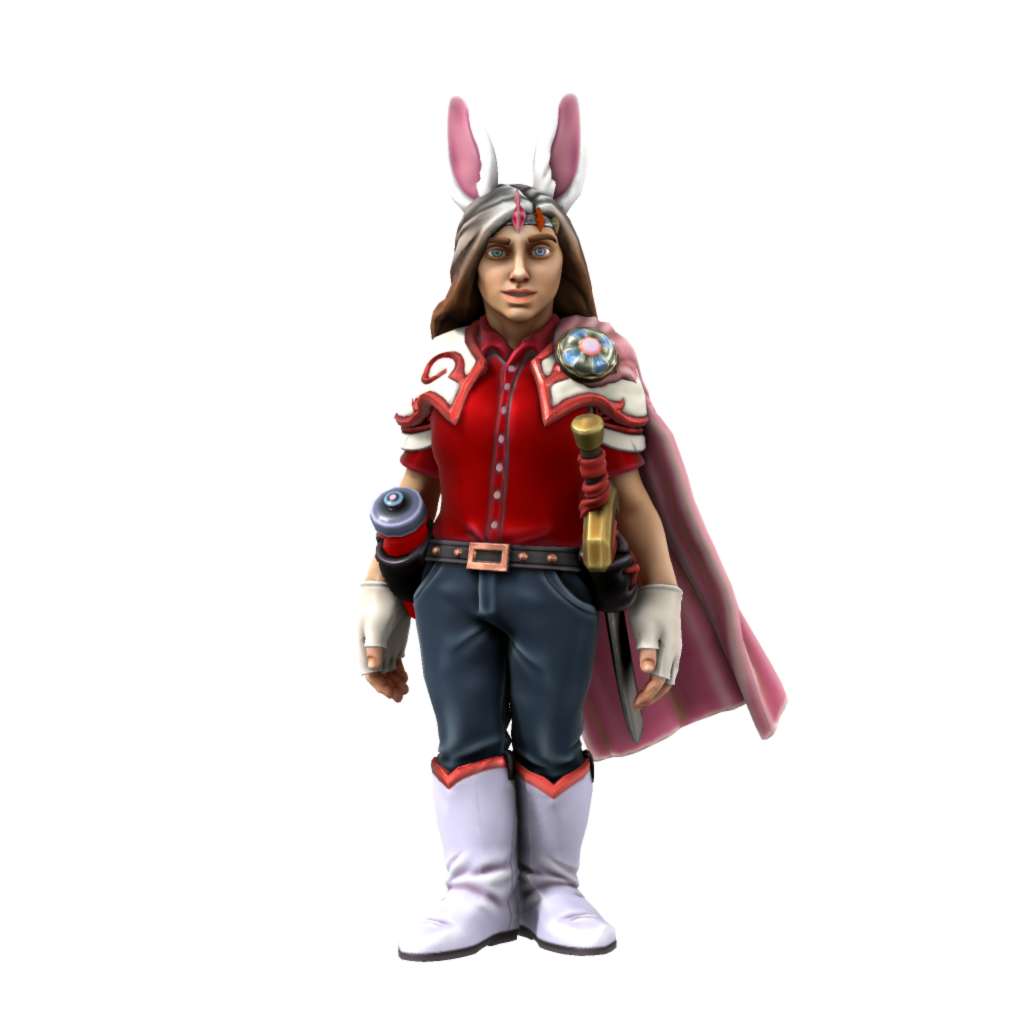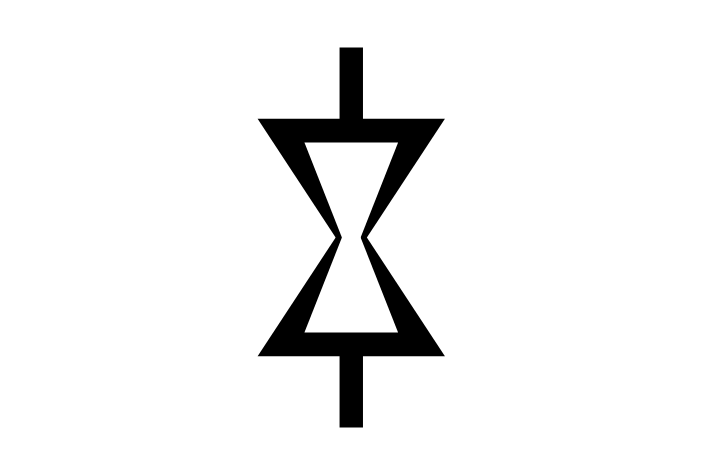In medieval times, the title of Chief Rabbit usually came with considerable political and financial power, conferring rulership over large areas of land that roughly equated to a county or duchy, depending on the period and its politics. As
Literomancy declined in the Renaissance, the temporal power of House Lapin and the Chieftainship diminished significantly.
Eventually, most of the nations of the world went after the literomantic houses in the same way they went after their other nobility; through the imposition of taxes. In particular, taxes on private libraries were burdensome. Over time, literomantic houses became impoverished and eventually were forced to forfeit their titles and claims due to failure to pay those taxes. Many of these houses sold off their assets to pay those debts and disappeared.
As the number of literomantic houses diminished,
Literomancy itself fell into further disrepute. Throughout most of the world, literomancers also suffered significant losses during the various witch hunts, Inquisitions, and other pogroms that plagued opposing religions, artists and scholars through history, from the early Renaissance to McCarthyism in the United States in the mid-twentieth century.
Academics debate why these methods were so effective against a class of people who could literally re-write reality, but those who study
The Iron Tome theorize that a literomancer must have used the Iron Tome to deliberately minimize the effectiveness of
literomancy in the early Renaissance, for reasons lost to history.
A controversial biography of Leonardo Da Vinci,
The Unpoet, claimed that he was the literomancer in question, and that his reasons were to prevent drastic changes to the world at large. The book suggests he viewed literomancers as a threat to the common people, and technology as the solution to stabilizing reality. This, of course, is hotly debated.
House Lapin were one of the earliest literomantic houses to go into hiding. In the collapse of the golden age of Jewish culture in Iberia, they fled initially to the Middle East, then into Eastern Europe and the evolving
Poland-Lithuania state following the Reconquista. Less than a decade after the development of the printing press in Krakow, House Lapin was printing books and investing their dwindling capital into the development of the printing press as a source of literature. Being Jewish themselves, they blended in with the local
Ashkenazi population.
Subsequently, they flourished in the religious tolerance and scholarship that was part of Polish-Lithuanian culture at the time under its bicameral Parliamentary system. Over time, Lapin descendants spread out over the globe, either sparking, or capitalizing on, legends of shapeshifting or trickster rabbits and hares where they could.
The main branch of the family, however, remained in Poland. With some exceptions due to shifting socio-political climates, such as Russian rule, they maintained a mostly quiet and stable existence for a couple of centuries. Perhaps they were able to survive so long because they were one of the first to give up political titles.
At the beginning of World War II, Sable Aradia's grandmother, then Chief Rabbit, left Poland for Canada, for reasons unknown. Since a trace of Fiver's Insight is said to run through the Lapin family line, it is possible she simply Had a Bad Feeling About This.
Whatever the reason, once she was in Canada, she concealed her Jewish roots and had a relationship with a Canadian soldier, resulting in the birth of Sable's father. She soon disappeared again. It wasn't until Sable's father, William (or Bill, as he preferred to be called) did research into his family tree through a genetics testing service that her fate was discovered; she had moved to California, taken a new name, married, and produced a number of half-aunts and half-uncles that Sable knew of, but hardly knew.
However, none of them were literomancers, so when her grandmother had passed on, Sable became the Chief Rabbit almost by default. The title had little remaining to it but access to a family literomantic library that had been carefully smuggled into Canada by her grandmother, which is how Sable received her training in
Literomancy.
After the
First Word War and the concurrent zombie apocalypse, the literomantic houses held society together. While most of the G8 countries survived, they, or parts of them, began to give their allegiance to the Great Houses again, and in greater numbers than ever before. Perhaps ironically, the position of Chief Rabbit now comes with more temporal power than it ever has, effectively making its holder the ruler of an empire.



























Nice article! Can I ask why you chose to make Trotsky one of the former leaders of House Lapin?
If you are looking for my Worldember articles check Magic Earth or My Worldember Progress Page
I knew somebody would ask :) He was Jewish, Eastern European, and a prolific writer with a traceable historical legacy. :D